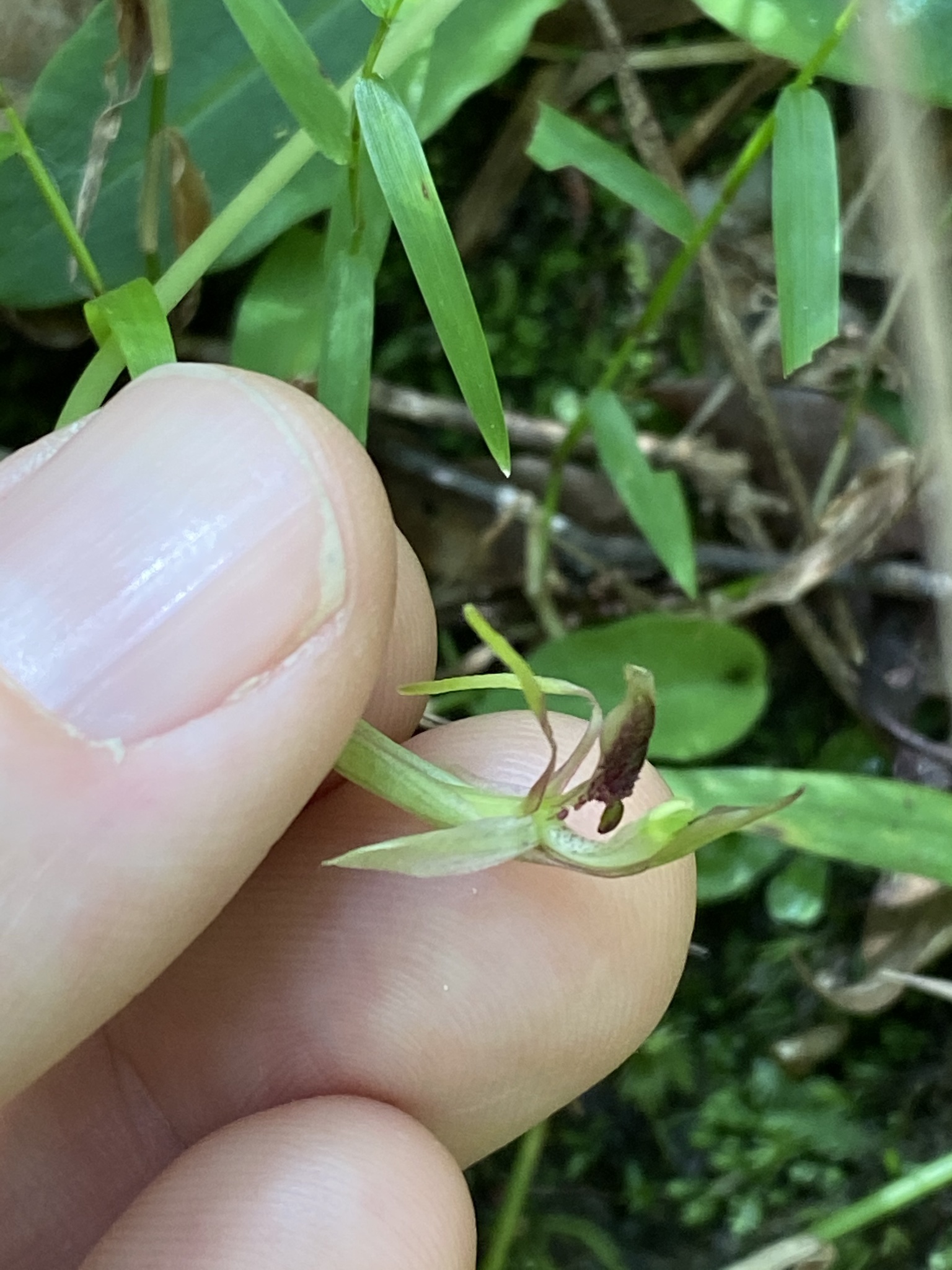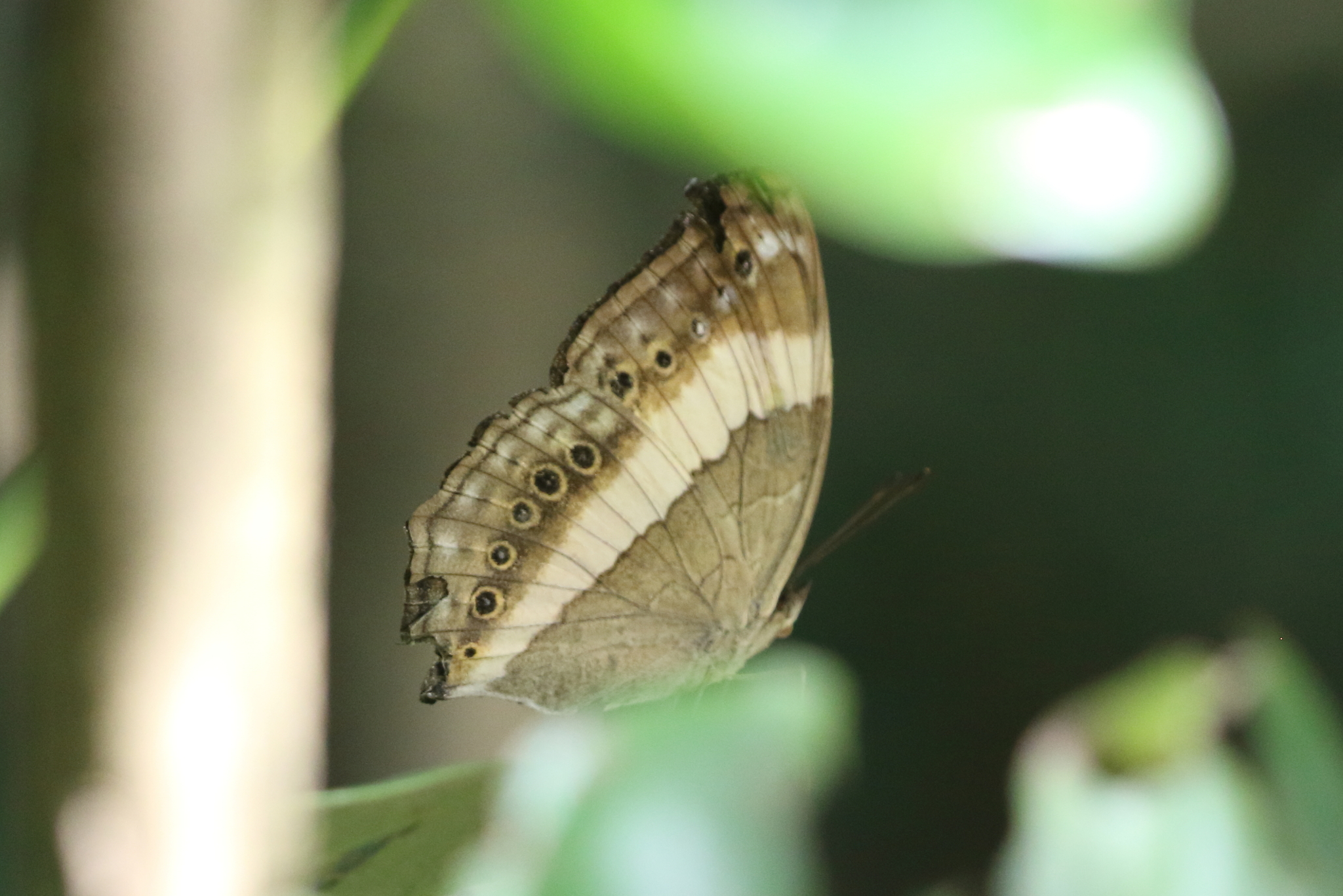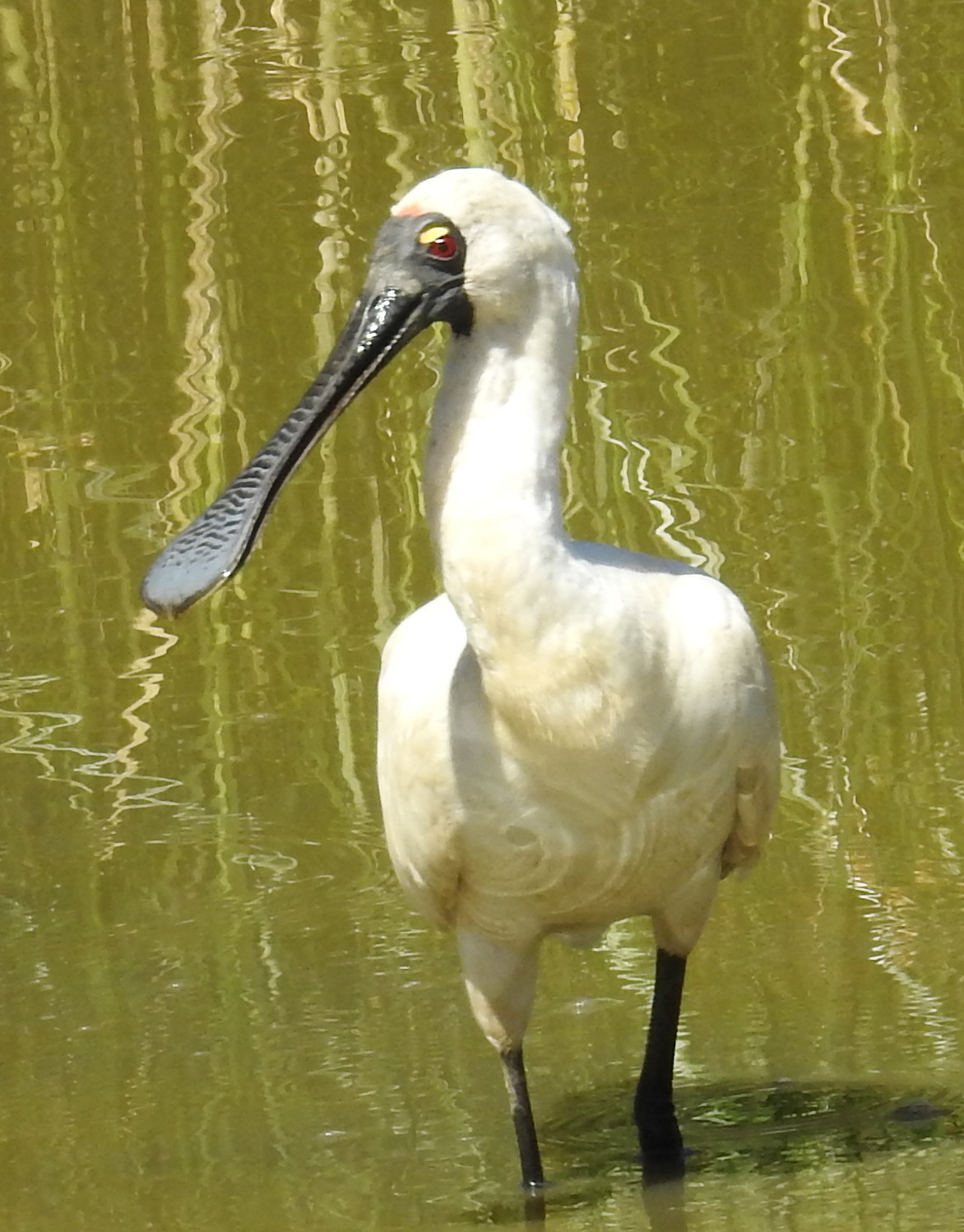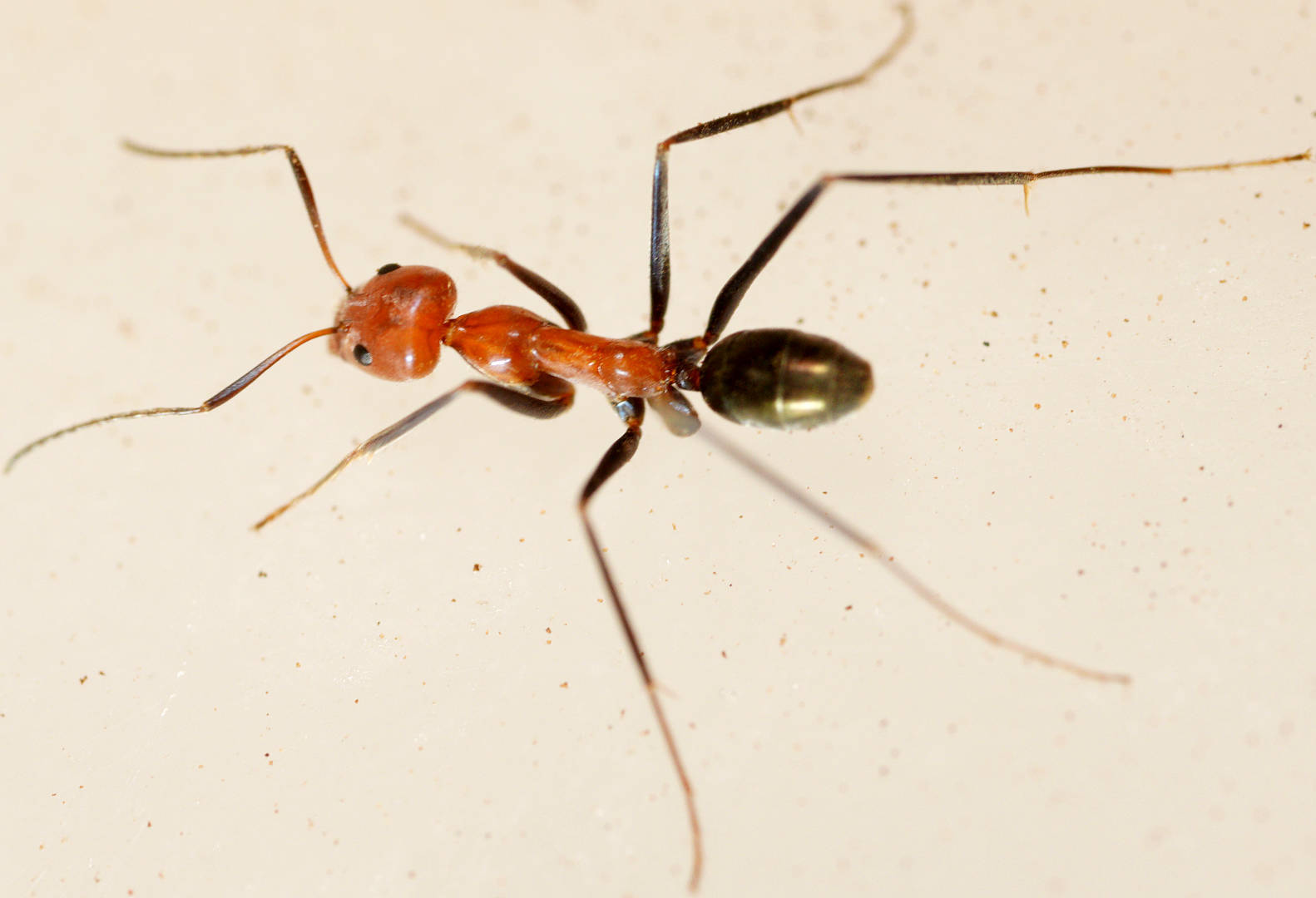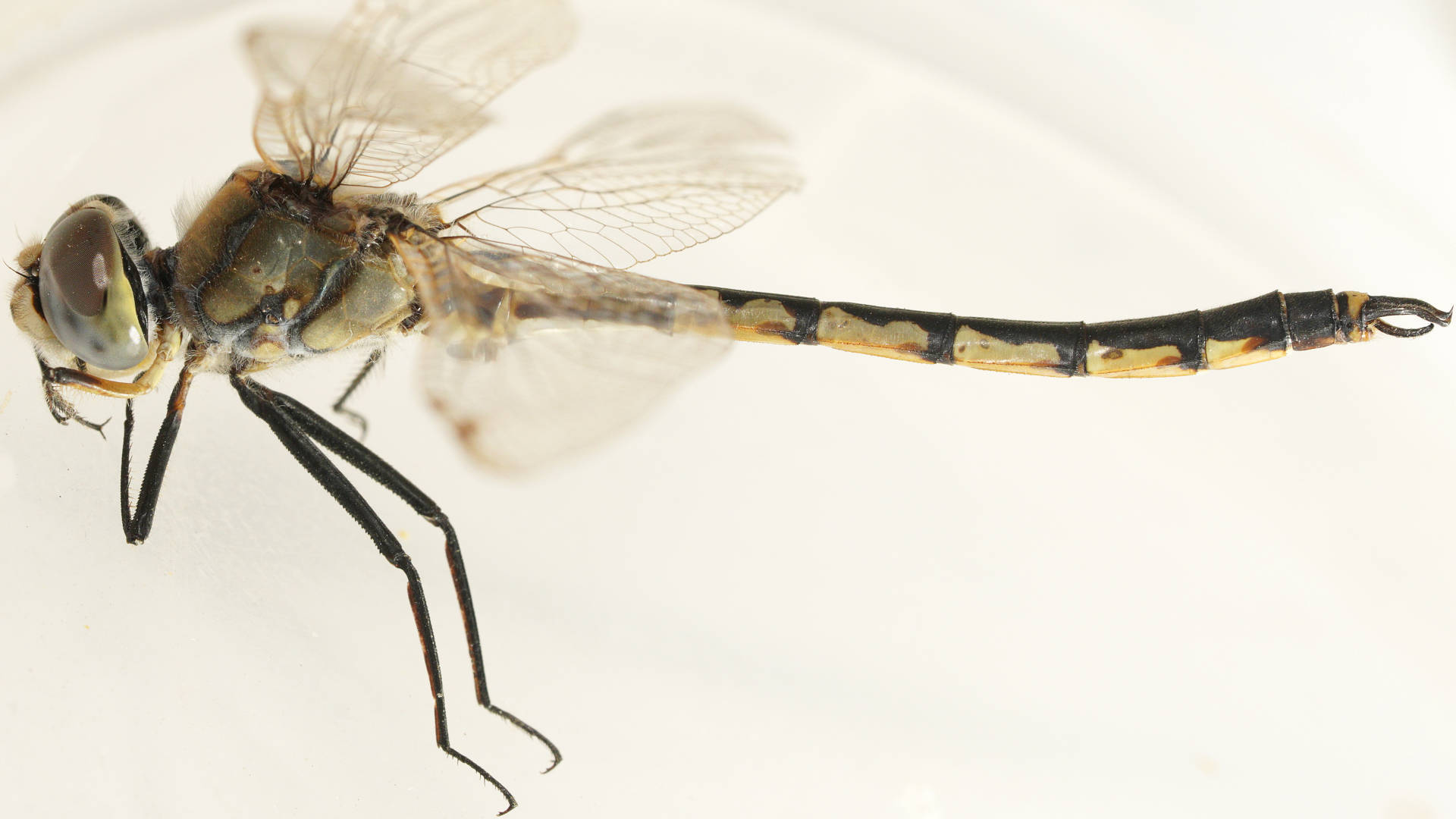March 2021 Challenge summary
Our Monthly Challenge continues with another splendid effort, in the last month we all contributed a massive effort. The numbers will only go up as people may upload observations in the next few weeks. As of writing, we have contributed
Observations 5374
Species 1,627
Identifiers 374
Observers 36 (14 with more than 50 observations)
@gregtasney @natashataylor @stephen169 @leithallb @fairypossum @anthonypaul @pam275 @donnamareetomkinson @rwl @luis615 @timothyshields @bigpete @chrisseager @adel_plainsgirl
For more infromation check out the March Challenge-Updated Stats
For the latest results of the current Month check the
April Challenge-Updated Stats
Check out how this compares to
February Challenge-Updated Stats February summary
January Challenge-Updated Stats January summary
December Challenge-Updated Stats December summary
With the City Nature Challenge (CNC) occurring at the end of the month let's make April a big month!
We also have two long weekends this month so a great time to get some practice in!
City Nature Challenge 2021, 30th April to 3rd May
This while only 36 observers contributed this month down two on the previous month, together our observations accounted for around 8 % of all observations within Australia (66, 803) over the month of March (at time of writing). While the 36 observers constituted only <1% of all active observers iNaturalists within Australia. Some significant finds mentioned by members include some fantastic wading birds observed by @sandy_horne including the threatened Red-necked Stint Calidris ruficollis (below left) and the Curlew Sandpiper Calidris ferruginea (below right) at Bald Hill Beach, South Australia. This stretch of coast hosts numerous resident shorebirds, several of which are listed as endangered including Curlew sandpiper, Ruddy turnstone, Red knot and Eastern Curlew in addition to migratory species.
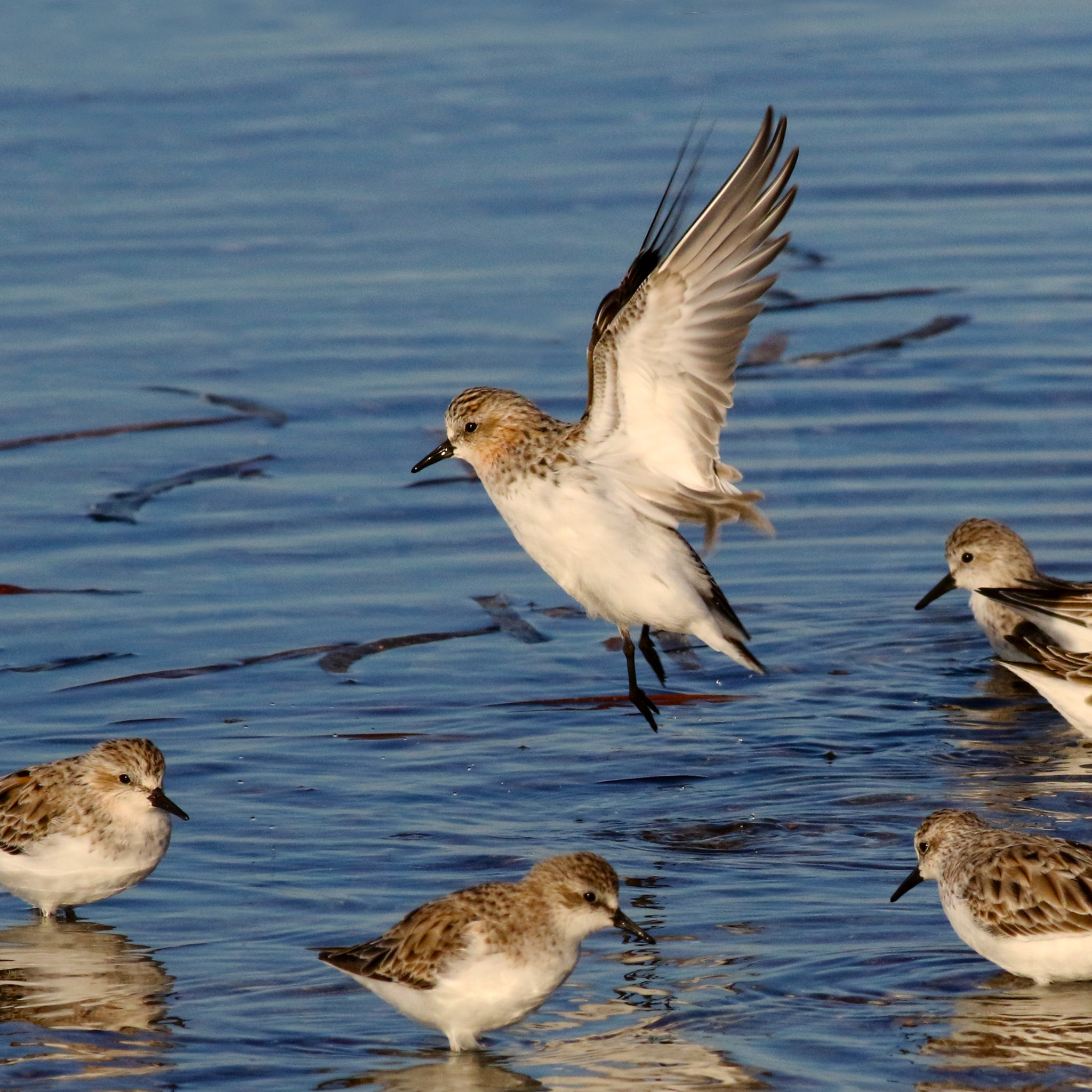
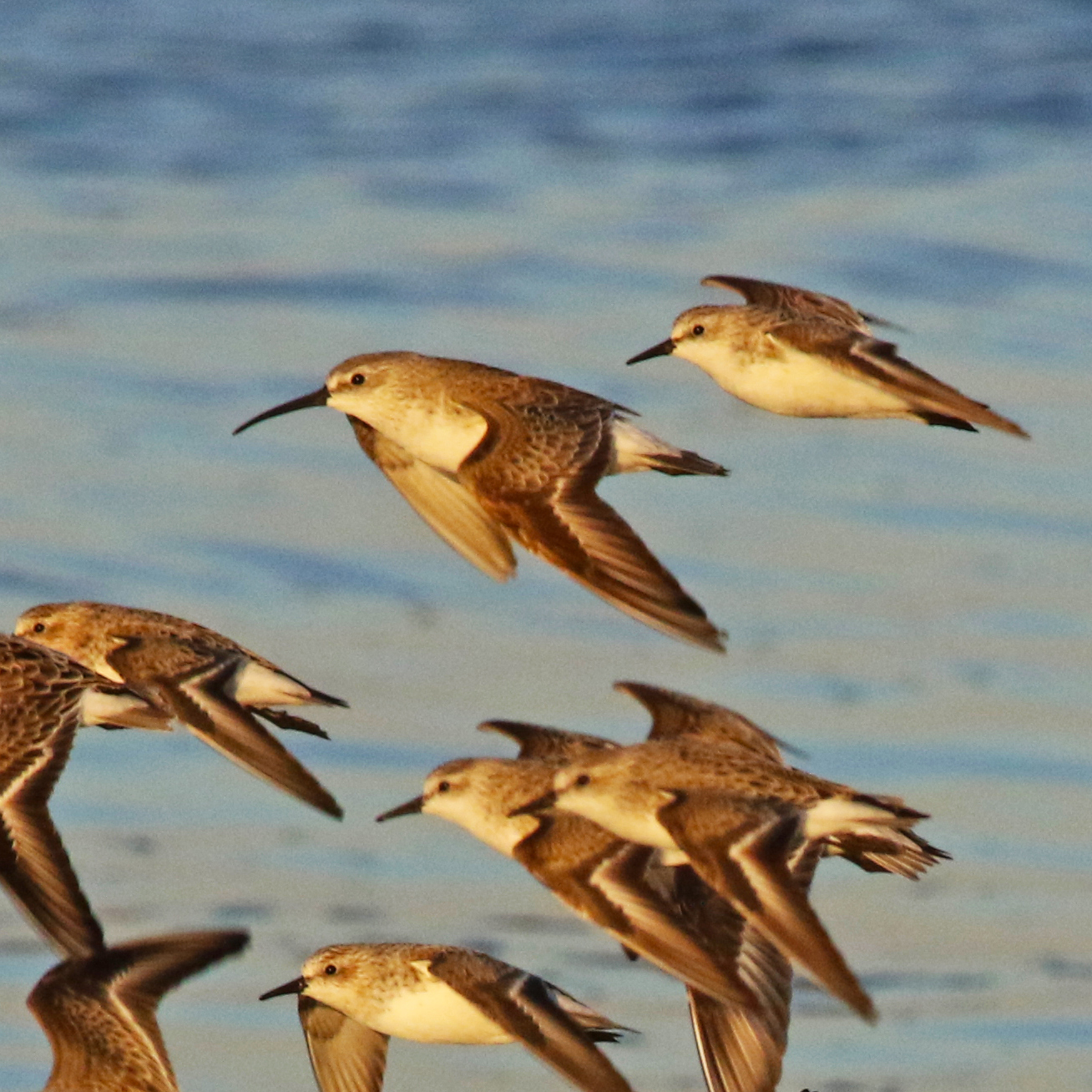
Here is something I have learned recently thanks to @insiderelic and @ellurasanctuary, have you ever wondered what the fluffy bits on the tips of Short-leaf Bluebush Maireana brevifolia are? have a look at the individual below.
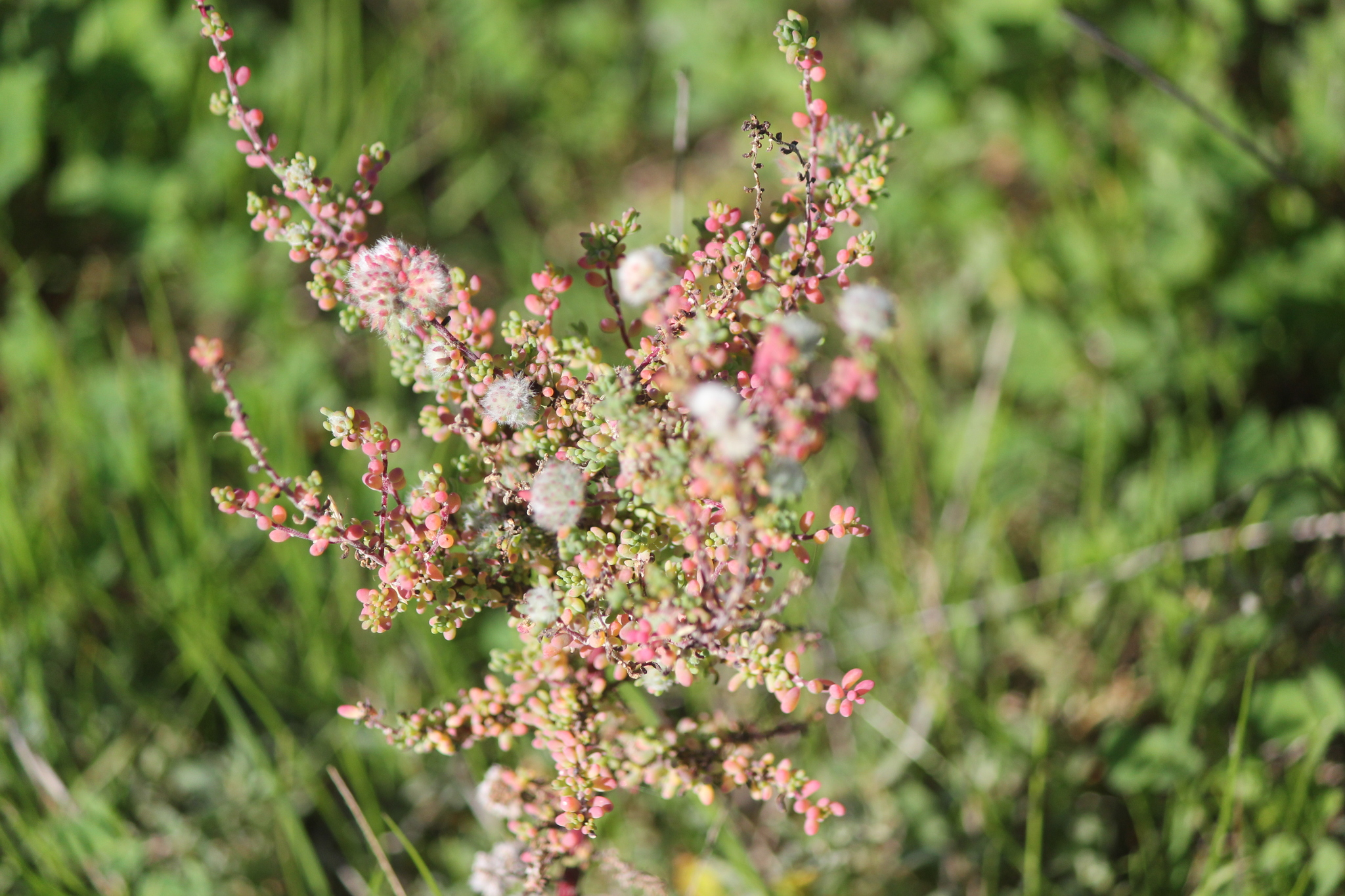
I encourage you to have a look at some of the magnificent observations like this Agile Tyrant Ant Iridomyrmex agilis (below right) and Tau Emerald Hemicordulia tau (below left) made by Brett AKA @ellurasanctuary ©ElluraSanctuary
Some significant or interesting observations over the month
A dead Port Jackson Shark Heterodontus portusjacksoni was observed by @adel_plainsgirl a great observation by someone that seldom visits the beach
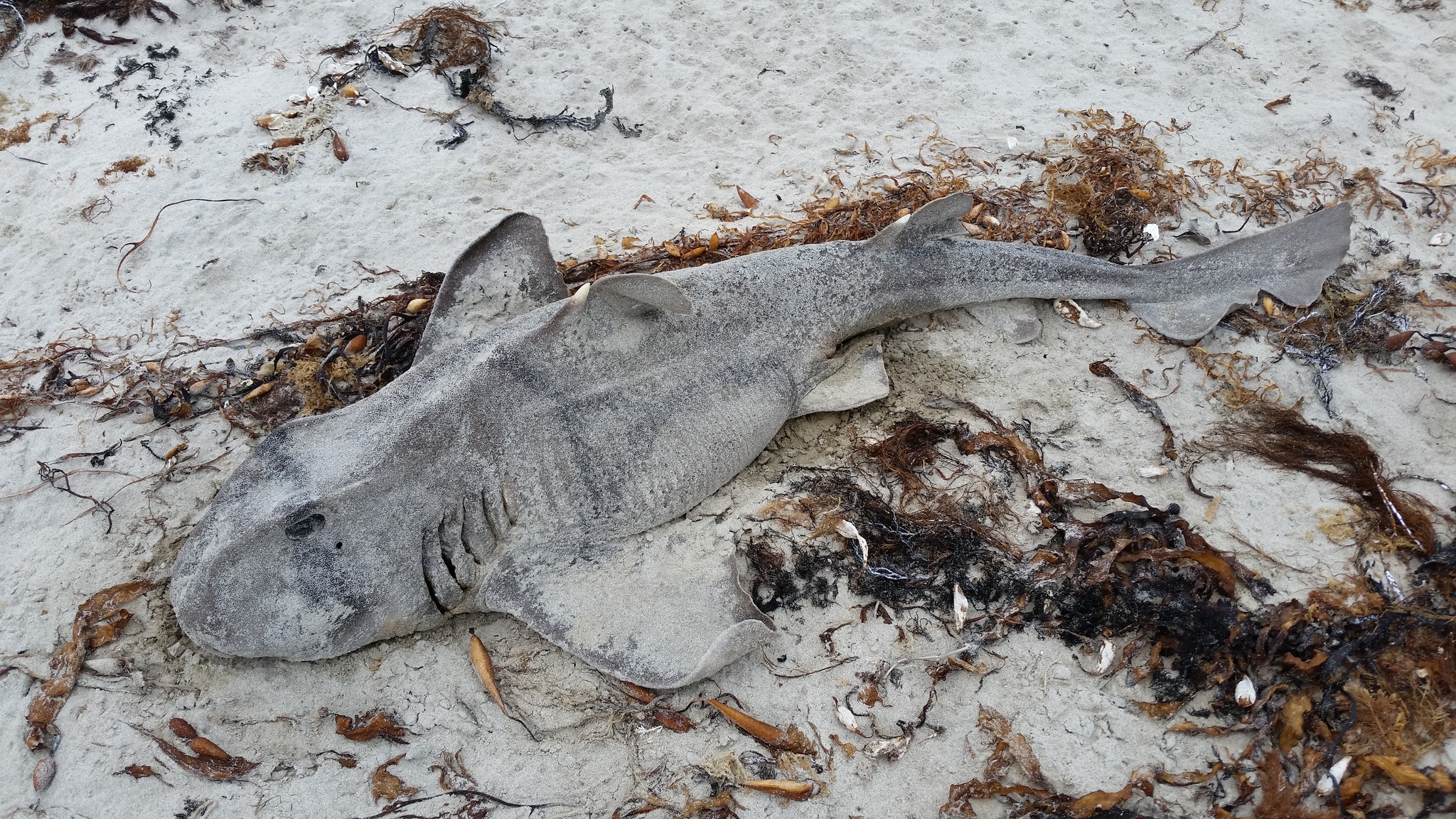
Everyone loves Blue-bandeds bees (Genus Amegilla) and this is a spectacular shot of one in flight by @natashataylor

Another great observation by@Natasha of a White-banded House Jumping Spider Maratus scutulatus feeding on an Ant.

first observation of the introduced Cochlicella barbara, reported in Brisbane according to @kevinbonham

Orchids Orchids Orchids
In Southern Australia, Midge Orchids are budding and flowering (see observations below by @rwl ). Indeed, some are producing capsules. we would like to encourage people to make observations and start photographing and recording these orchids on iNaturalist so that we get a record phenlology.
If you use Wild Orchid Watch, you can also include numerical and habitat data. If you enter from WOW, locations are automatically obscured, but not if you add to the project later; you need to do this manually.
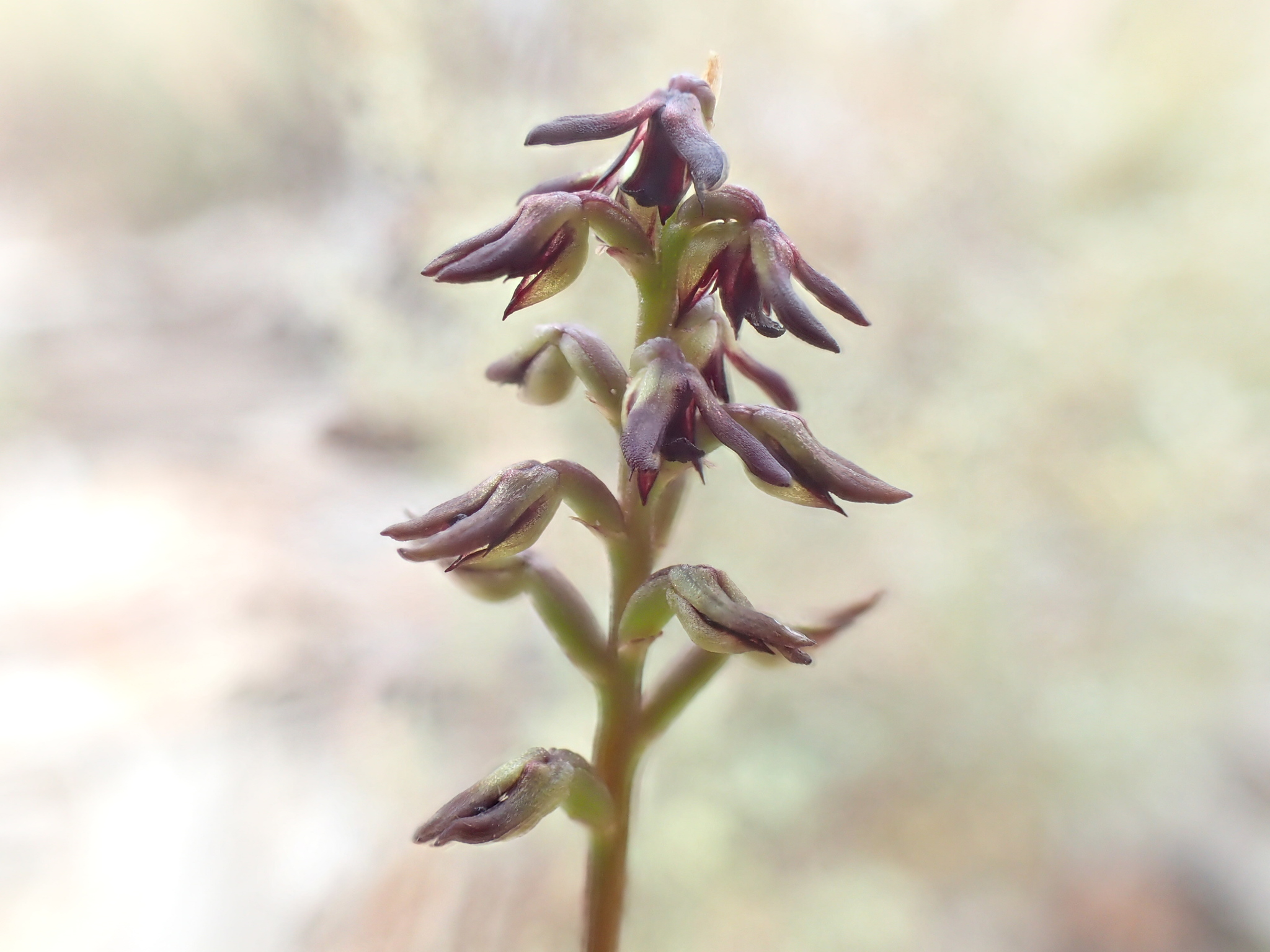
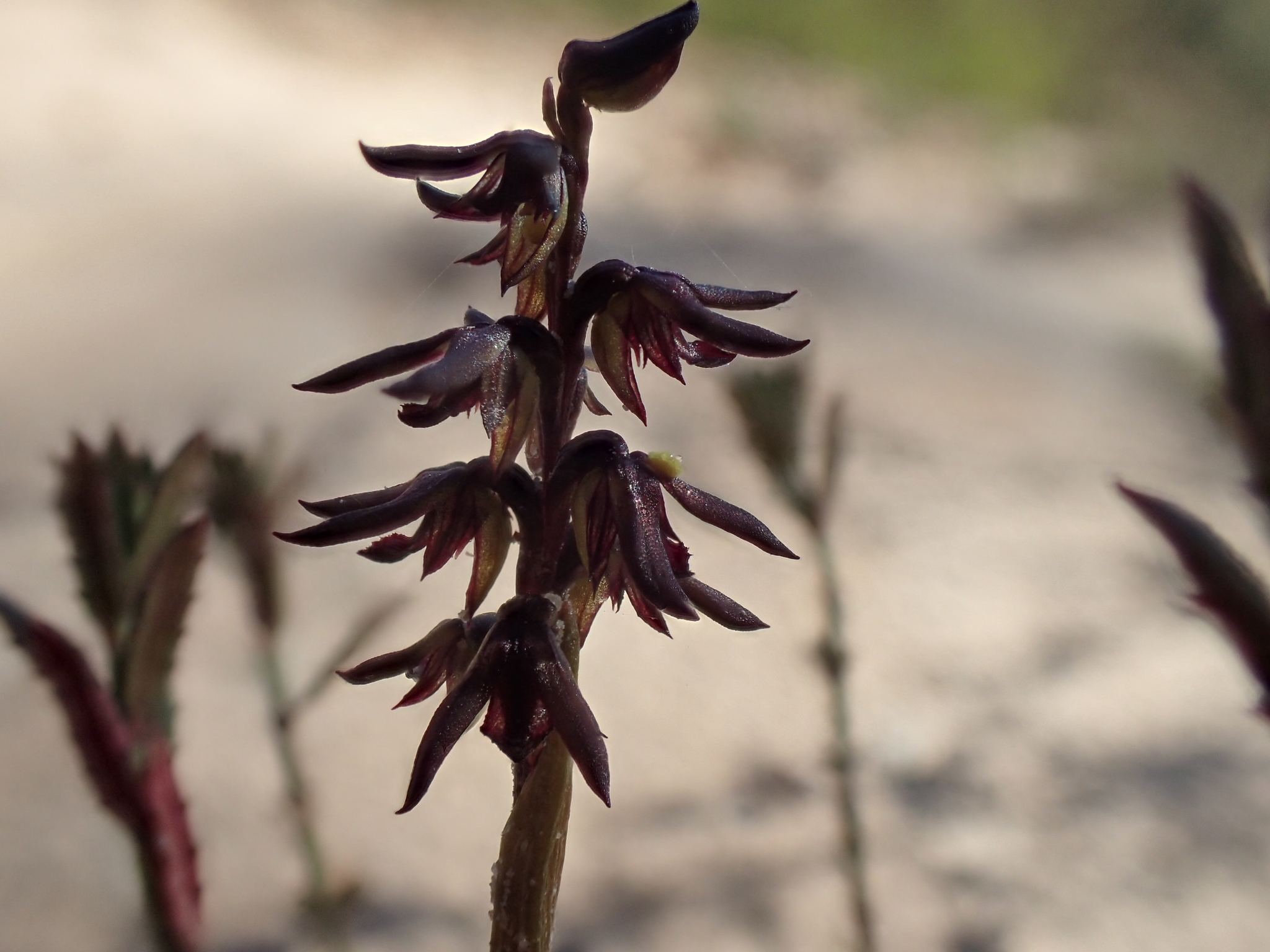
There are plenty of orchid species around southern Australia, so you can all get involved! check out this Common Wasp Orchid Chiloglottis diphylla observed by @gregtasney and Identified by Lachlan Copeland.
There is amazing Biodiversity awaiting you, in the garden or in your nearby park so go for a walk this weekend and add to our knowledge of Adelaide's Biodiversity, and join for the CNC 2021 and the project!

